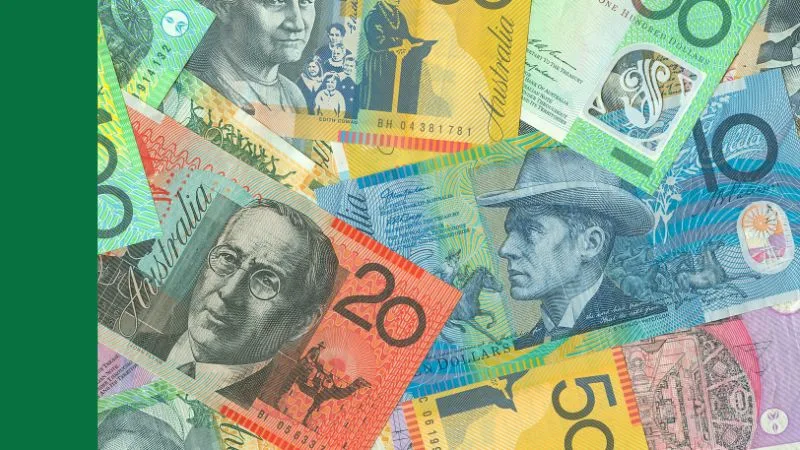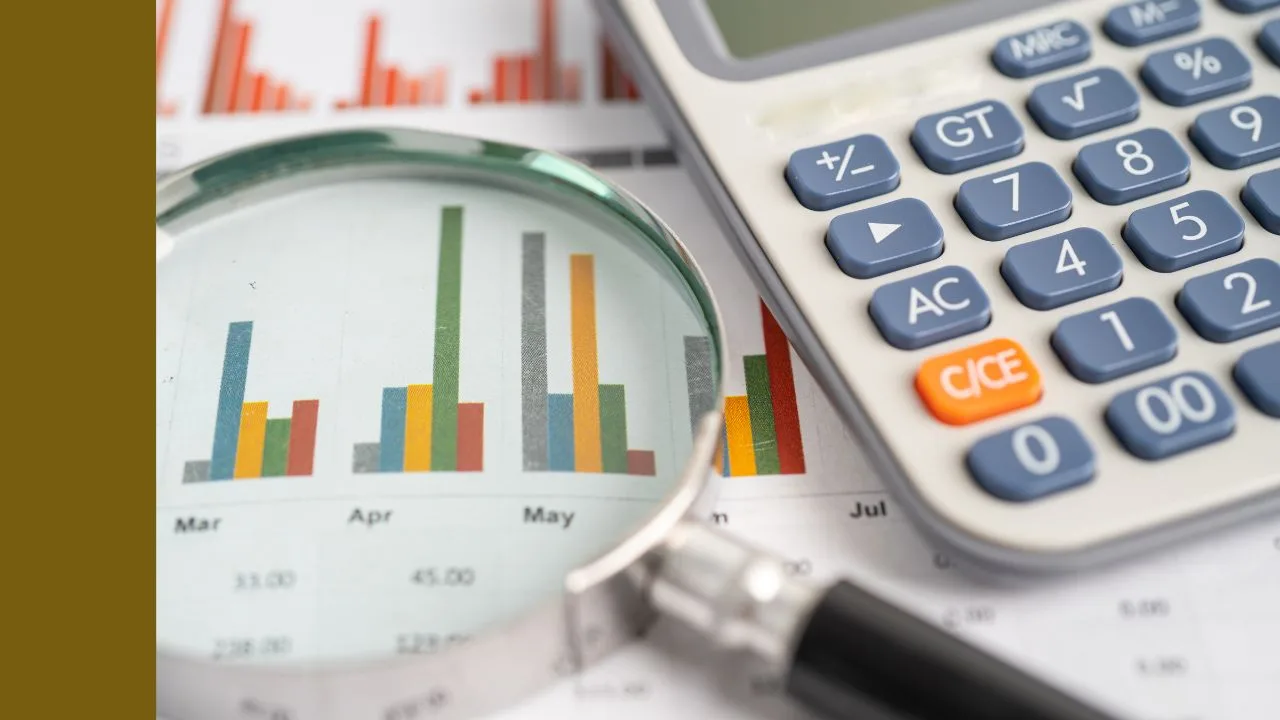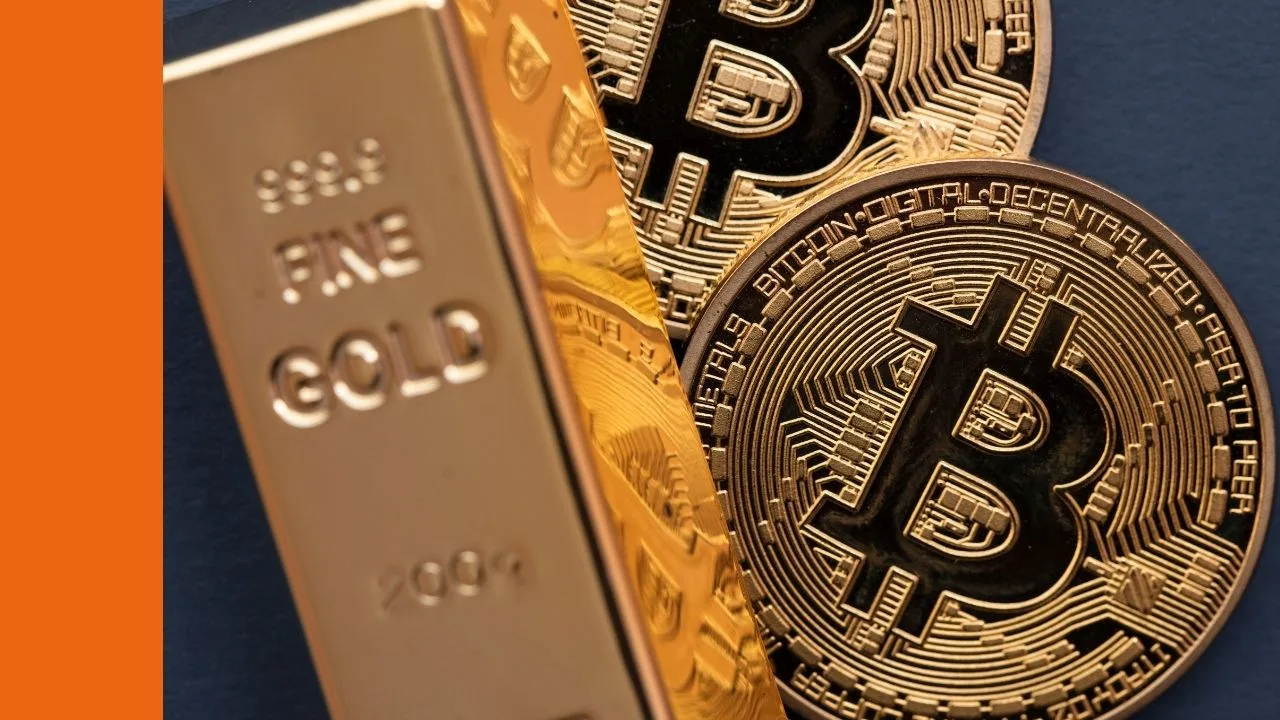National Australia Bank Ltd
(ASX: NAB) has a fully franked dividend yield of 6.2%, is that too good to ignore?
NAB is one of the four largest financial institutions in Australia in terms of market capitalisation, earnings and customers. However, in 2018, it was Australia’s largest lender to businesses and has operations in wealth management and residential lending. It also operates the online-only Ubank.
NAB’s 6% Fully Franked Dividend Yield
For the last several years NAB had the biggest dividend yield compared to the rest of the big four ASX banks of Australia and New Zealand Banking Group (ASX: ANZ), Westpac Banking Corp (ASX: WBC) and Commonwealth Bank of Australia (ASX: CBA) when it was paying a dividend of 99 cents per share every six months.
However, in the recent half year report the bank cut its dividend to 83 cents per share and it’s quite likely the final dividend will be cut to 83 cents as well. Even so, a full year dividend of $1.66 per share equates to a fully franked dividend yield of 6.2%.
There have been several reasons for the dividend cut, two of which make me question whether the dividend could actually be a yield trap.
The first issue was the Royal Commission which unearthed a lot of bad behaviour by the big banks. This has led to large remediation charges and will permanently reduce NAB’s profitability from this segment of its business.
NAB is also being asked by the regulators in Australia and New Zealand to hold more capital so that it’s safer and can withstand any shocks to the economy. Being safer sadly means being less profitable in the good times, although hopefully it means much higher profitability in the bad times – but that’s hard to calculate.
Finally, what I’m most concerned about is that NAB’s 90+ day mortgage arrears are rising which is causing a slight uptick in bad debts and could be very bad if things were to heavily deteriorate.
Is NAB Worth Buying?
With the RBA reducing interest rates twice in rapid succession, it’s putting pressure on NAB’s net interest margin (NIM). However, the lower interest rate might make the dividend yield seem more attractive in this environment.
I think that unless we see Australian property prices stop falling for a sustained period, NAB and the other banks could be too risky for the sake of a dividend. There is a fair chance that earnings and the share price could drop by a much larger percentage compared to the dividend yield.
For dividends and growth I’d much rather buy shares of the reliable and proven shares in the free report below.
[ls_content_block id=”14945″ para=”paragraphs”]
[ls_content_block id=”18380″ para=”paragraphs”]










